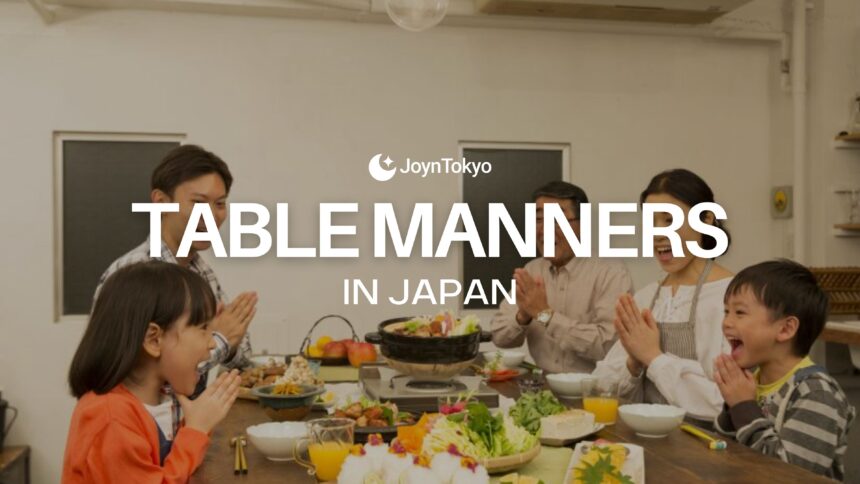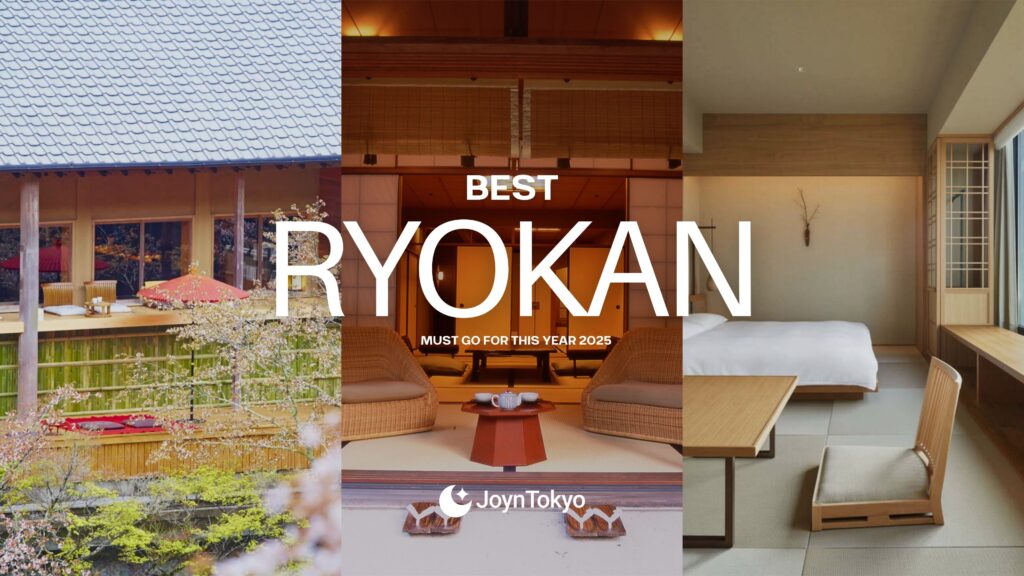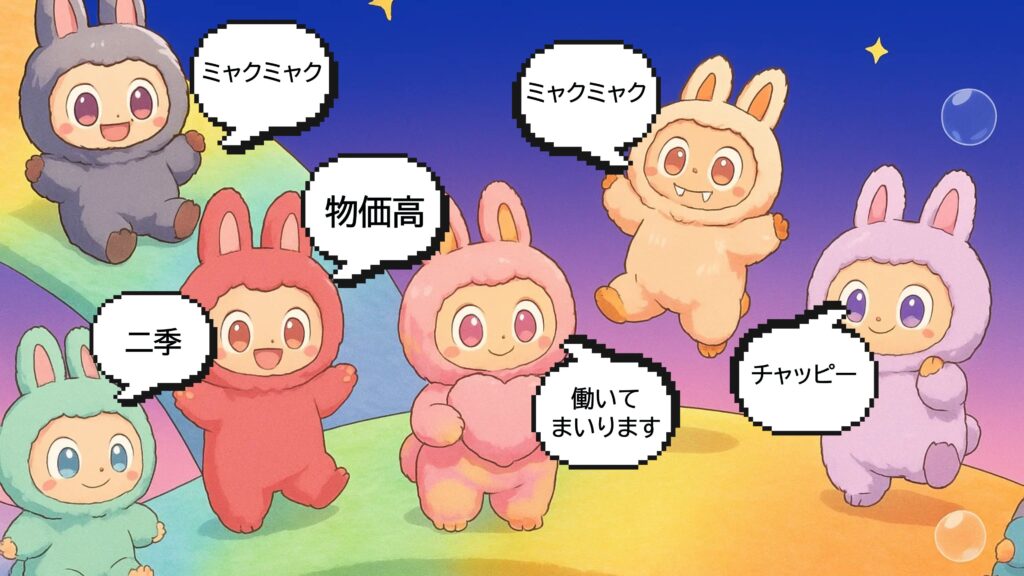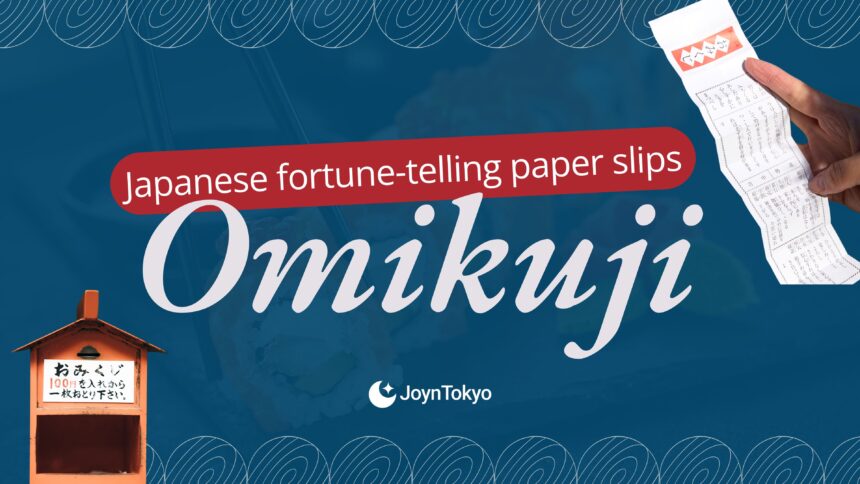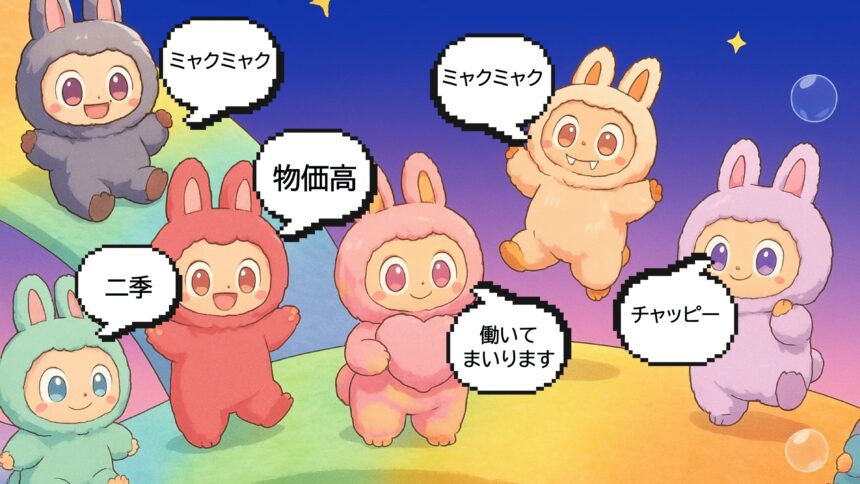Dining in Japan is a beautiful ritual, a quiet dance of respect, gratitude, and awareness. Meals aren’t just about food — they’re about harmony and appreciation for every grain of rice, every bowl of soup, every person at the table.
If you’re visiting Japan, knowing a few key table manners will help you dine confidently and show genuine respect for the culture. Here are five of the most important ones to remember.
1. Respect the Seating and Tatami Rules
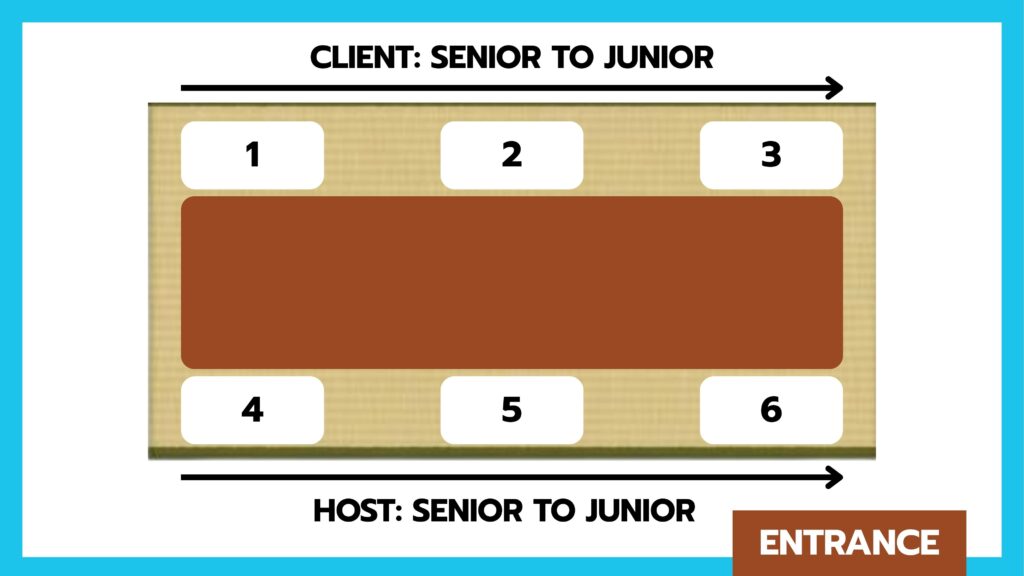
In traditional restaurants or ryokan inns, you might be seated on tatami mats rather than chairs. Before stepping onto tatami, always remove your shoes and slippers. This isn’t optional — wearing shoes on tatami is considered highly impolite.
Once seated, be mindful not to step or kneel on anyone else’s cushion. Each zabuton (seat cushion) is personal. Sitting seiza-style (kneeling) is the formal position, though cross-legged sitting is acceptable in casual settings. If you’re unsure, quietly observe how others sit and follow their lead.
Read More
2. Begin with Gratitude: “Itadakimasu”
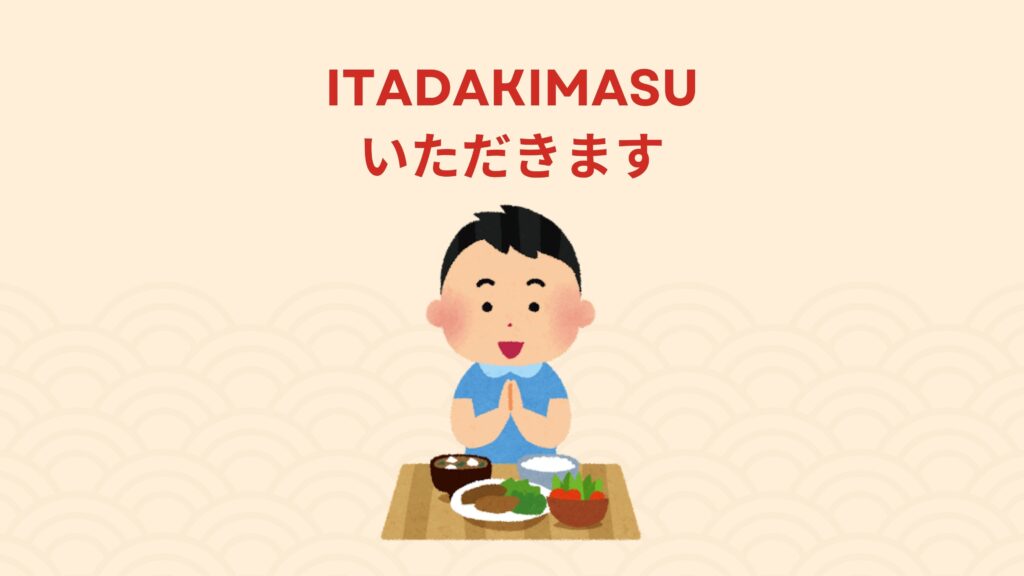
In Japan, every meal begins with a moment of thankfulness. Before you take your first bite, place your hands together and say “Itadakimasu” — which means “I humbly receive.” It’s a way to express gratitude to the cook, the ingredients, and the natural world.
It’s also polite to wait until everyone has their food before starting. If your dish arrives first but others are still waiting, you can say “Osaki ni itadakimasu” (allow me to start before you). It shows thoughtfulness and social grace — small gestures that mean a lot in Japanese culture.
Read More
3. Handle Chopsticks the Right Way
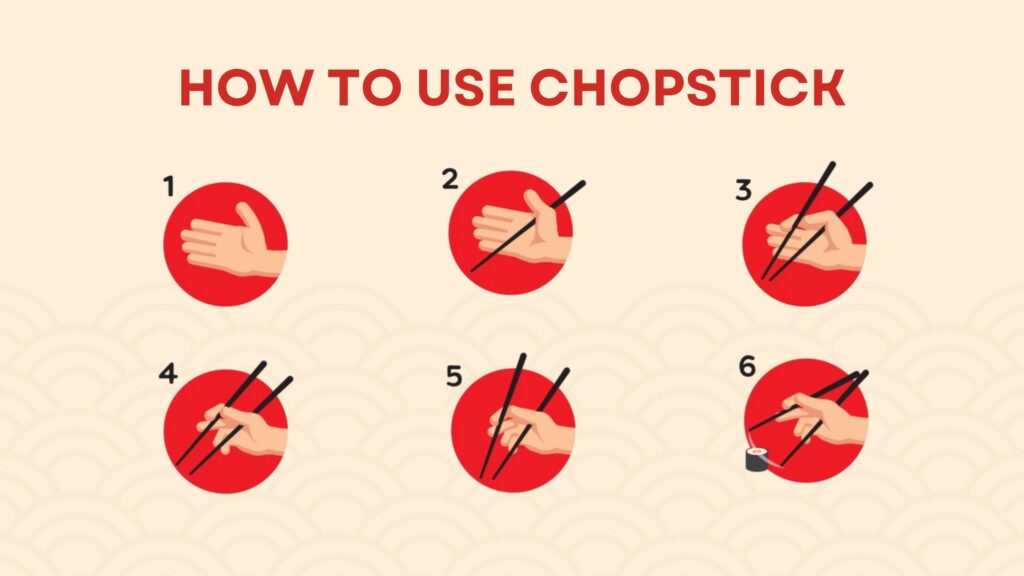
Chopsticks, or hashi, are more than utensils — they carry symbolic weight in Japan. There are a few things you should never do with them.
Never stick your chopsticks upright in a bowl of rice — it resembles a funeral offering. Avoid pointing with them, passing food from one pair of chopsticks to another, or licking the ends. And if you’re sharing food from a communal plate, use the opposite (blunt) ends of your chopsticks to serve yourself.
When you’re not using them, rest your chopsticks on a hashioki (chopstick rest). If one isn’t provided, you can fold the paper wrapper into a small stand. These little habits might seem minor, but they show respect for tradition.
4. Eat Quietly — But Noodle Slurping is Okay
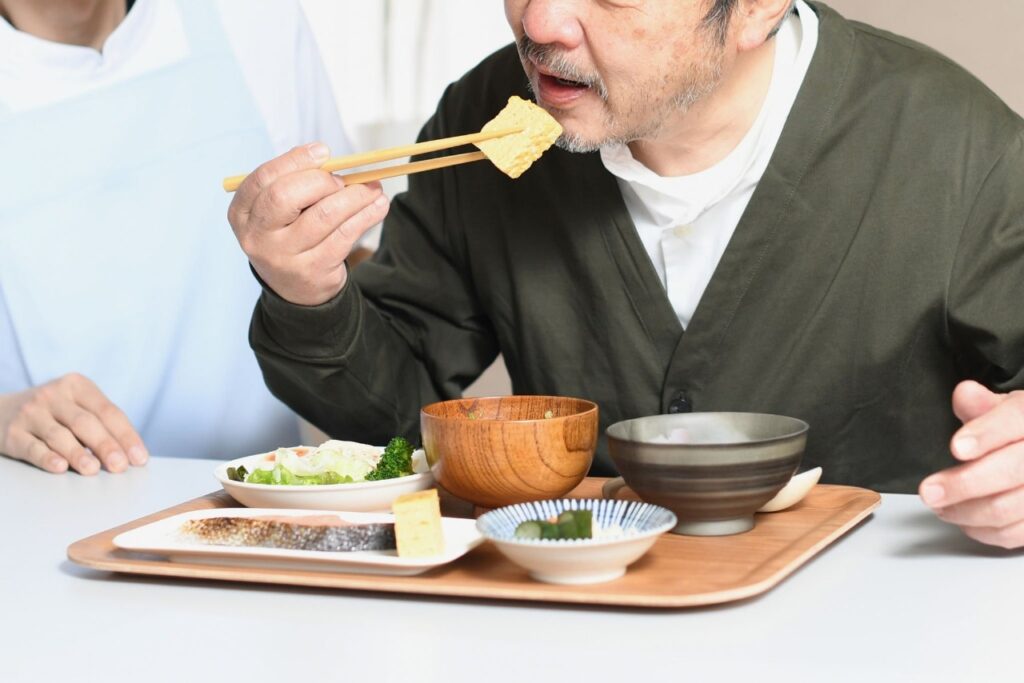
In Japan, quiet dining is a sign of good manners. Loud chewing, burping, or blowing your nose at the table are all considered rude. If you need to clear your nose, excuse yourself and step away from the table.
But here’s the fun exception — noodles! When eating ramen, soba, or udon, slurping is perfectly fine. In fact, it’s believed to enhance flavor and express appreciation for the meal. So yes, you can (and should) slurp your noodles proudly.
5. End with Appreciation: “Gochisousama Deshita”
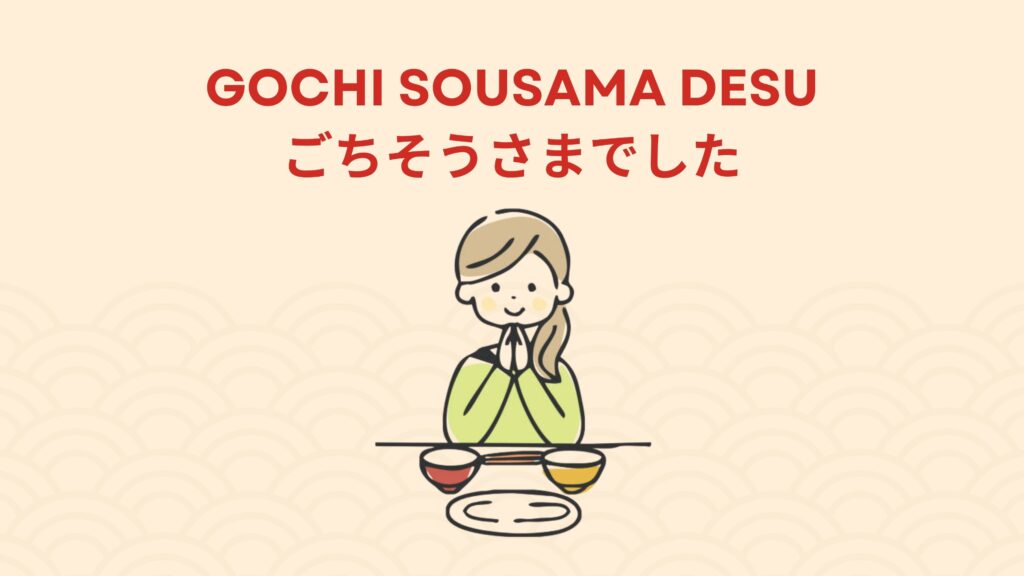
When the meal is over, return your dishes to their original positions — lids back on bowls, chopsticks on the rest, plates neatly arranged. It’s a quiet way of saying, “I respected this meal.”
Then, before leaving, say “Gochisousama deshita” — “Thank you for the feast.” This phrase carries deep gratitude, not just to the chef but to everyone involved in preparing your meal.
You might also notice people say it softly as they stand up from the table or even after paying the bill. It’s one of those little habits that reflects the heart of Japanese politeness — gratitude that extends beyond the food itself.
Understanding these five table manners will help you blend in effortlessly at restaurants, izakaya pubs, or even a Japanese friend’s home. More than just rules, they’re gestures of mindfulness — a way to eat with respect and gratitude. And once you experience it, you’ll see why dining in Japan feels less like a routine and more like a quiet celebration.


